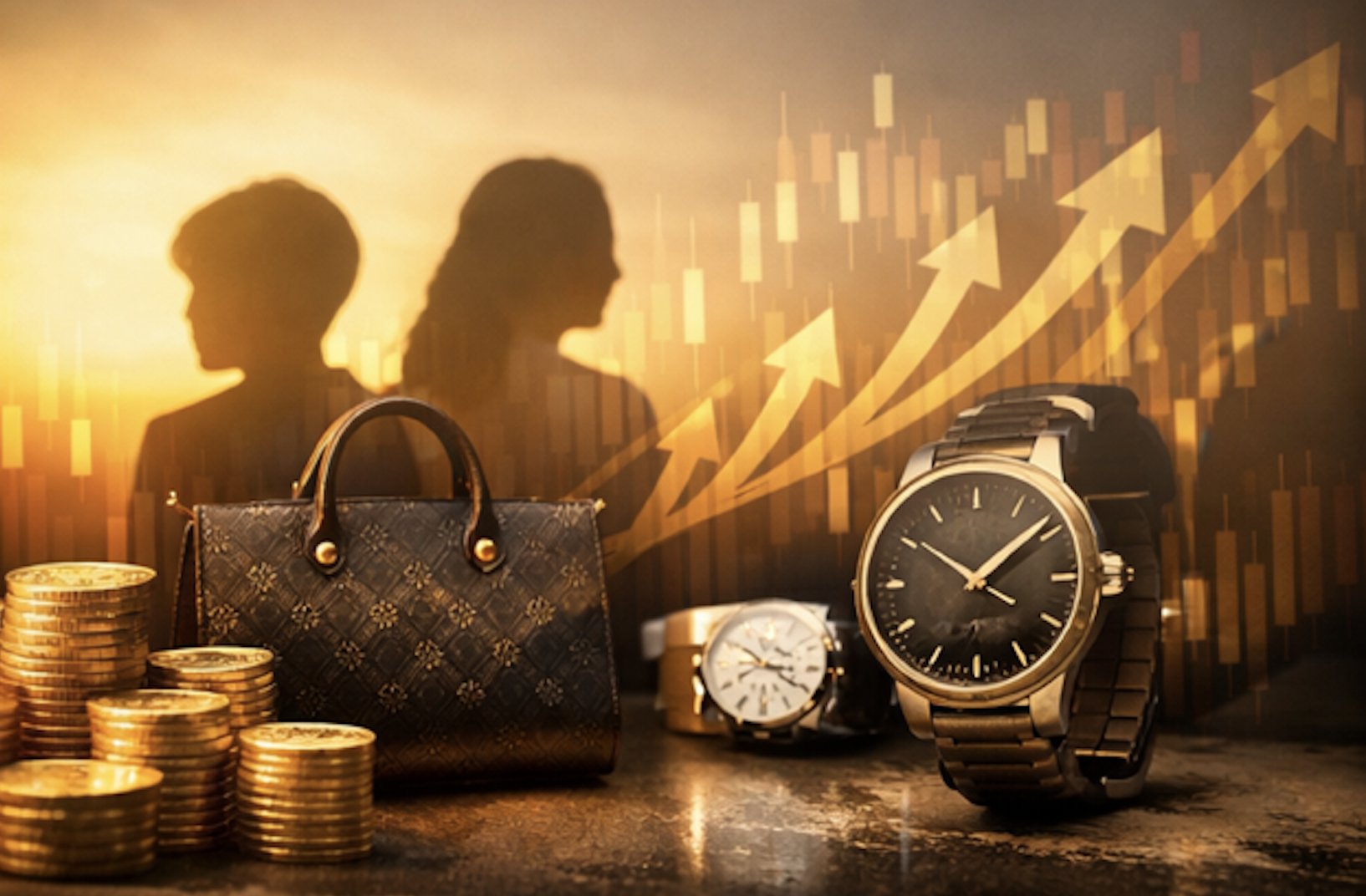Demand from the United States and China as well as the ongoing strength of online is helping to drive luxury’s rebound to growth, helping the personal luxury goods market achieve a V-shaped recovery in 2021, according to the latest study from Bain and Altagamma.

Demand from the United States and China as well as the ongoing strength of online is helping to drive luxury’s rebound to growth, helping the personal luxury goods market achieve a V-shaped recovery in 2021, according to the latest study from Bain and Altagamma.
Luxury’s rebound is set to continue into the rest of 2021 after the latest update from Bain & Company and Altagamma found that after the sharp contraction the personal luxury goods market experienced in 2020, it grew by 29 percent to reach 283 billion, which increased the size of the market by 1 percent compared to levels seen in 2019.
The findings, which come from the 20th edition of the Bain & Company Luxury Study released in collaboration with Fondazione Altagamma, the Italian luxury goods manufacturers’ industry foundation, also estimate that the personal luxury goods market could reach 360 to 380 billion by 2025, with a sustained growth of around 6 to 8 percent annually.
“The changes in the luxury industry over the past 20 years have been remarkable, and the emergence from the Covid crisis comes as a renaissance for luxury brands,” said Claudia D’Arpizio, a Bain & Company partner and lead author of the study in a statement.
“Where once it was all about status, logos, and exclusivity, luxury brands are now actors in social conversations, driven by a renewed sense of purpose and responsibility,” she added.
Local consumption, both of China and the United States have helped the market to bounce back, as well as online channels. Another point of interest to note is that the United States currently is currently the largest global market for luxury, representing €89 billion or 31 percent of the global market, compared to China, which represents 60 billion or 21 percent.
The report found that Europe, Japan, and the rest of Asia only partially recovered during 2021 and have still not reached pre-Covid levels, and a comeback from these markets hinges on the resumption of global travel.
Bain said it expected that the most likely outcome for the fourth quarter will be 1 percent growth versus 2019, which would allow the year to end on a positive note.
Unsurprisingly, luxury’s online channel worth has nearly doubled in the past two years, growing by 27 percent from 2020 to 2021 to reach an estimated €62 billion in market value this year, thanks to the accelerated adoption from new customers during the global COVID-19 pandemic.
Looking forward, younger customers like Gen Y and Gen Z are expected to continue to drive growth in luxury and are expected to make up 70 percent of the market by 2025.
This generational shift will continue to accelerate the shifts already seen in the market, the report added, and push luxury brands to further transform themselves from the makers of products to purpose-driven actors that participate in actions that call for a more sustainable, diverse, and equal society.
However, the overall luxury market, which includes both wider luxury goods and experience- is still at levels below those seen in 2019, reaching approximately €1.1 trillion, demand for experience and experience-based goods still helped to compensate for half of the gap compared to 2019.
Looking forward, luxury customers will begin to demand more from brands ever before, said the report’s authors. Beyond products, they seek personalisation and alignment with their values, a strong voice on social issues, and real action and responsibility when it comes to sustainability.
“It’s interesting to think about where the industry might be in 20 years from now,” said Federica Levato, a partner at Bain & Company and co-author of the report.
“It’s likely that the crisis will mark a turning point for luxury as we knew it—luxury brands will continue to redefine themselves, expanding their mission beyond creativity and excellence, becoming enablers of social and cultural change.”
Welcome to Data Digest, our breakdown of the latest data releases and reports focused on the luxury industry.










